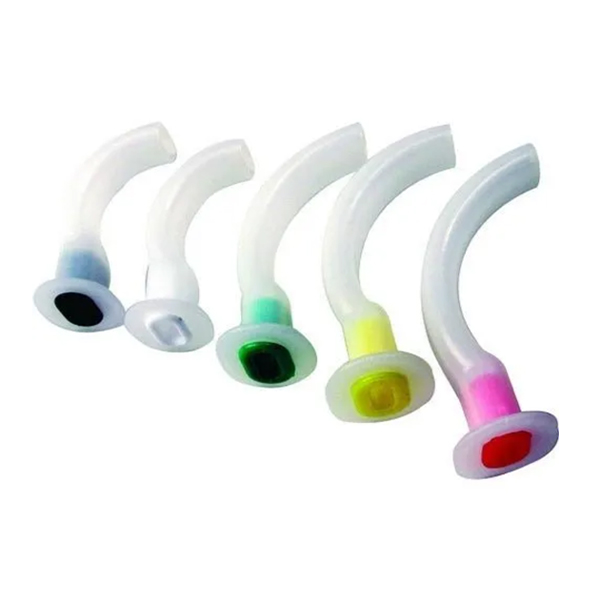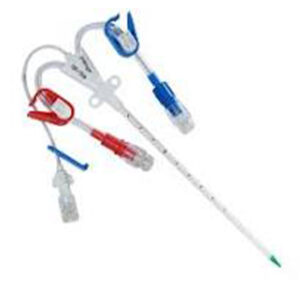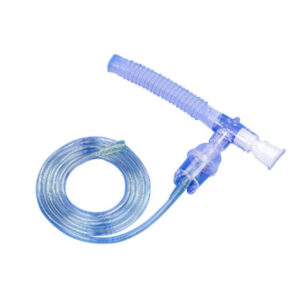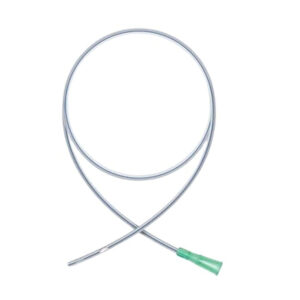Guedel Airways
Guedel airways, also known as oropharyngeal airways (OPAs), are medical devices used in airway management to help maintain or open a patient’s airway.
Minimum Quantity Order: 500 Unit
Price: Negotiable
Product Enquiry Form
Sharing is caring:-
Description
Guedel airways, also known as oropharyngeal airways (OPAs), are medical devices used in airway management to help maintain or open a patient’s airway.
Here’s a breakdown of their features and functions:
- Purpose: The primary purpose of a Guedel airway is to prevent the tongue from obstructing the airway in unconscious or minimally responsive patients.
- Mechanism: When a person becomes unconscious, the muscles in their jaw relax, allowing the tongue to fall back and potentially block the epiglottis, thereby hindering breathing. The Guedel airway bypasses the tongue and upper pharynx, creating a clear passage for air.
- Construction:
- They are typically made from rigid, non-toxic materials like polyethylene (PE) or PVC.
- They are curved to anatomically fit into the oropharynx.
- They have a flange at the oral end to prevent them from slipping further into the patient’s airway.
- They incorporate a hard bite block to prevent the patient from biting down on the airway, potentially occluding it and damaging their tongue.
- Size and Identification:
- Guedel airways come in various sizes, ranging from infant to adult.
- They are color-coded to allow for quick and easy size identification, which is crucial in emergency situations.
- Standard sizes are designated by numbers (e.g., 000 to 6).
- The correct size is typically determined by measuring the distance from the patient’s lips to the angle of their jaw or from the incisors to the angle of the jaw.
- Insertion:
- In adults, Guedel airways are usually inserted upside down and then rotated 180 degrees once the tip reaches the back of the throat. This technique helps to prevent the tongue from being pushed further back into the pharynx.
- In children, it’s often recommended to insert the airway the right way up, using a tongue depressor to facilitate insertion and minimize trauma.
- Indications:
- Maintaining an unobstructed oropharyngeal airway during or following general anesthesia.
- Managing airway obstruction in unconscious patients for various reasons.
- Facilitating ventilation with oxygen masks or bag-mask ventilation.
- Preventing occlusion of the endotracheal tube in intubated patients (acting as a bite block).
- Contraindications:
- Guedel airways should only be used in unconscious patients or those with a severely diminished gag reflex.
- Inserting it in a conscious or semi-conscious patient could stimulate a gag reflex, potentially leading to vomiting and aspiration (inhaling vomit into the lungs).
- They are contraindicated in patients with an actively bleeding nose or nasal fractures.
- Nasopharyngeal airways are often preferred in conscious or semi-conscious patients as they do not typically stimulate a gag reflex.
- Complications:
- Potential complications include mucosal trauma, bleeding, damage to teeth, and worsening of airway obstruction if an inappropriate size is used.
- Laryngospasm (spasm of the vocal cords) can occur if the airway is too large or irritates the laryngeal inlet.
In summary, Guedel airways are essential tools in airway management for unconscious patients, helping to maintain a clear airway and facilitating ventilation in emergency situations, during surgery, and in recovery from anesthesia. However, careful consideration of the patient’s consciousness level and proper sizing are paramount to ensure effective and safe use.





